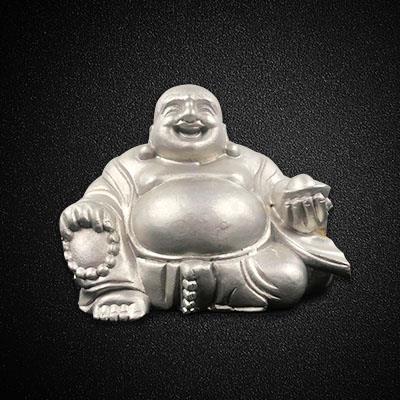There are many reasons for the shrinkage of stainless steel castings: the cross section of stainless steel castings is too thick, causing shrinkage. Stainless steel castings with uneven wall thickness will shrink or shrink at the wall thickness. Because the diameter of the stainless steel casting hole is too small, it stays in a high temperature state for a long time at high temperature, so that the solidification rate of the surface metal is reduced. At the same time, the sand core provides a channel for the gas, causing shrinkage and shrinkage on the pore wall. The radius of the concave corner fillet of the stainless steel casting is too small, which reduces the heat transfer capacity of the sand at the sharp corner and reduces the solidification speed at the concave corner. At the same time, the sand at the sharp corner is heated and the gas pressure is high, and the gas released may be unsolidified. The molten metal seeps into the casting.
Melting reason: The gas content of stainless steel liquid metal is too high. When it cools in the stainless steel casting, bubbles will be generated, which will hinder the reinforcement of the adjacent metal fluid, resulting in shrinkage or shrinkage. If the carbon equivalent of gray cast iron is too low, the precipitation of eutectic graphite during the solidification of molten iron will decrease, the graphitization expansion effect will be weakened, the solidification shrinkage will increase, and the fluidity of molten iron will decrease. At the same time, the self-compensating ability of molten iron decreases, and the castings are prone to shrinkage and porosity. When the phosphorus content in the molten iron is high or high, phosphorus is an element that expands the solidification temperature range, and at the same time, low melting point phosphorus eutectic formation is more, which reduces the feeding capacity. Sulfur is an element that prevents graphitization, and sulfur also reduces its fluidity. At the same time, the molten iron is seriously oxidized, and the fluidity of the liquid metal decreases, causing shrinkage and porosity of the casting. Use an inoculant to treat an inoculant such as ferrosilicon before casting. If it is not handled properly, a large amount of cementite will be precipitated when the molten iron is solidified, which will increase the solidification shrinkage, and the shrinkage cavity will appear in the local area where the shrinkage cavity is generated. The mechanism is also Similarly, the cooling part of the casting during solidification will not be fed.

Related News
- Precision casting mirror treatment and dewaxing casting
- Controlling the high quality of precision cast steel is the key
- Production Development of Guangdong Stainless Steel Casting Alloy Steel
- Characteristics of precision cast steel investment casting
- Dongguan precision casting kitchen hardware pendant varieties
- Processing steps and cleaning methods of Guangdong stainless steel castings
- Definition of Guangdong carbon steel casting
- Classification of Dongguan Precision Casting Special Casting
- Dongguan Precision Casting Factory
- What are the types of alloy steel casting hardware in Guangdong
- The importance of precision control in precision casting
- How to choose precision casting cold iron materials
- Introduction of wax injection process for dewaxing casting
- How to carry out fine processing in Dongguan Precision Casting
- Some knowledge about rust prevention of precision castings
- How to prevent the deformation of precision casting?
- How about the corrosion resistance of Guangdong stainless steel casting
- How long does it take to cool down after precision casting
- Several points to pay attention to to prevent cracks in stainless steel castings
- How to repair defects in precision castings
